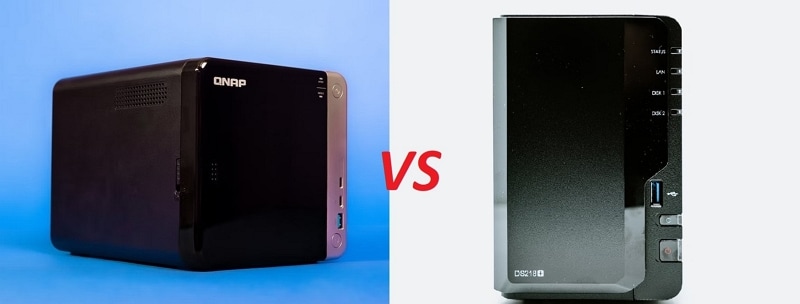
You’ve done your research on Network Attached Storage (NAS), narrowed down your options, and now you need to decide QNAP vs. Synology. These devices come with a significant price tag, and you need to make an informed decision.
Here’s the deal – both QNAP and Synology are considered titans in the NAS niche. They offer reliable and trustworthy solutions, but your specific needs will dictate which option is right for you. Before you can make that call, though, you need to know more about each of these solutions.
Let’s look at the subtle differences that can help you choose between QNAP and Synology.
In this article
Part 1. About QNAP Systems
While QNAP Systems is a Taiwan-based company, it has a global presence. QNAP is short for Quality Network Appliance Provider, and it’s one of the recognizable brands in the NAS industry. QNAP NAS is a carefully constructed device built to use one or more storage devices, and it supports constant connection to the Internet.
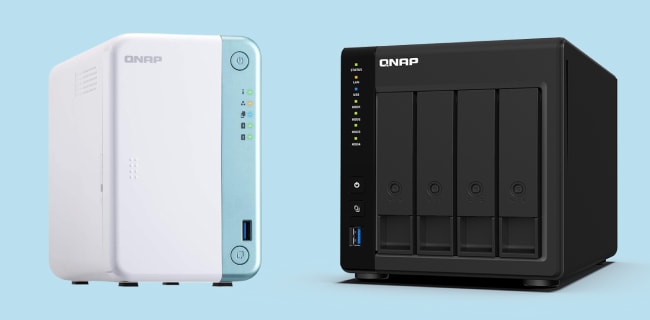
QNAP NAS devices come in various versions with different use cases. For instance, you can use QNAP Systems solutions to store your important data or as a backup drive. You can use relevant QNAP NAS devices at home or in offices. Some of the most popular devices include QNAP TS251D and QNAP TS451d24g.
Part 2. About Synology
Synology Systems is also a Taiwan-based company with a global presence. The company has come up with Synology NAS, developed to streamline numerous needs regarding data use. It can facilitate data administration over networks, enable file sharing, and enable better video management.
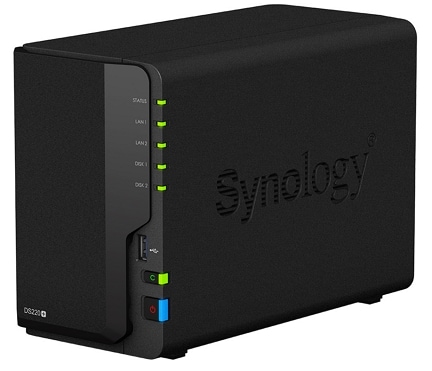
Synology NAS has similar use cases as QNAP NAS. They have devices for individual and business users and share two functionalities – data storage and backup system. The most popular Synology NAS devices are Synology diskstation 220 and its improved version 220+.
One of the ways to predict the winners of the QNAP vs. Synology battle is to assess their popularity. According to Google Trends, for the last five years, Synology has kept attracting more interest from users than QNAP.
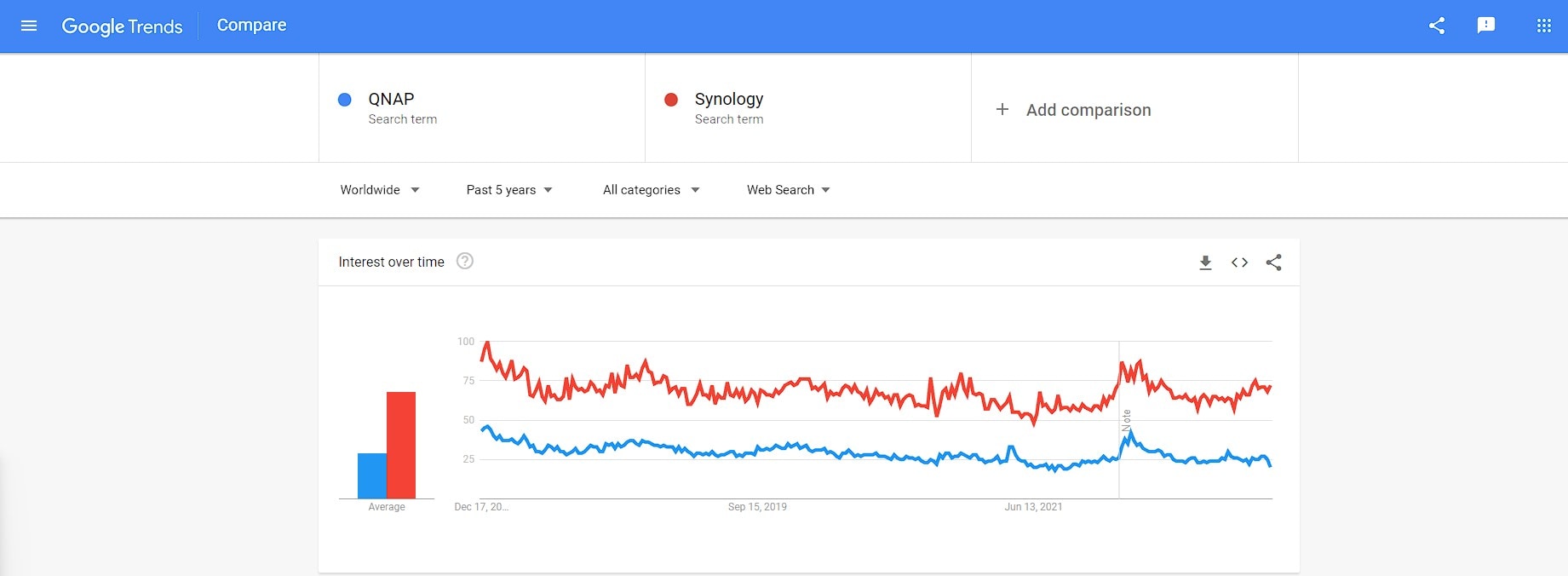
Part 3. QNAP vs. Synology: Operating Systems Compared
Now that you have a brief background on these two companies and know how popular they are, it’s time to dig a little bit deeper. Here is what you need to know about using OSs QNAP and Synology.
QNAP
QNAP NAS uses QNAP Turbo Station or QTS operating system based on Linux. It comes with its own application manager called App Center. The user interface looks neat, and it resembles the Mac OS. The list of options and settings is comprehensive, which might pose a challenge to people using NAS for the first time.
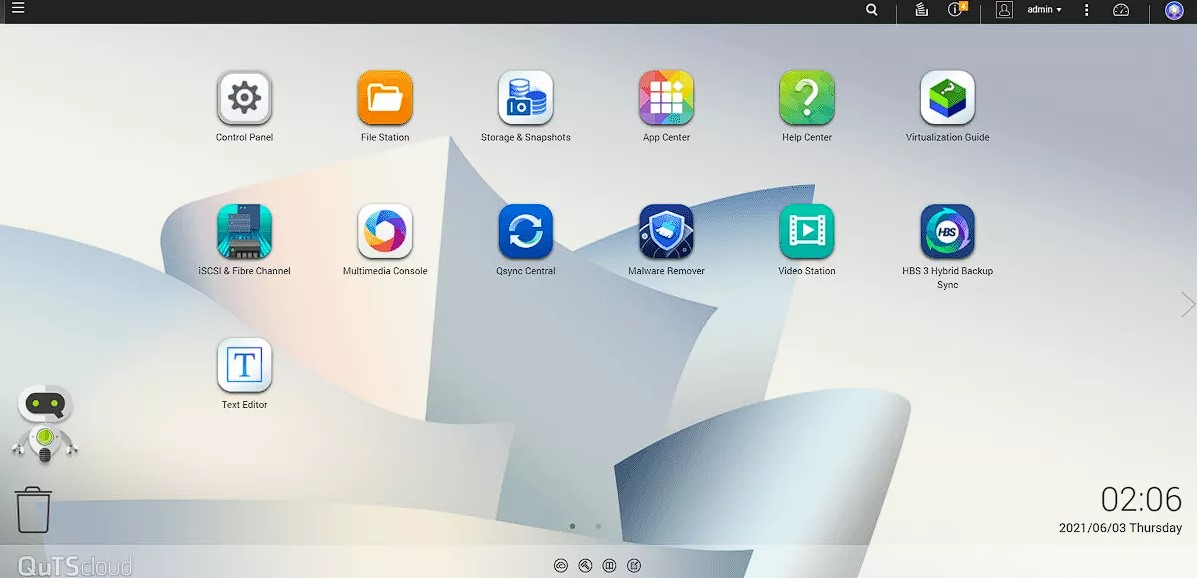
The same goes for the items in the settings and options menu. They are all technical terms meaning that you need to at least know basic networking terminology to use it properly.
QTS comes with a bunch of additional apps you can use through the App Center.
Synology
Synology OS is called DiskStation Manager or simply DSM. It’s also Linux-based and has a built-in application manager called Package center. Unlike QTS, which resembles Mac OS, DSM looks a lot like Windows. If you know your way around the Windows OS, you will find it easy to navigate DSM too.

The user interface is significantly more intuitive than the one of QTS. All settings and options are developed with user-friendliness in mind, thus making DSM beginner friendly.
This round of QNAP vs. Synology match goes to Synology because it delivers a more user-friendly interface that can shorten onboarding time. While both have application managers, DSM offers access to more apps. Plus, some apps and options, such as Antivirus and VPN, are missing in QTS, and they are available in DSM. That clearly makes Synology a winner in the QNAP vs. Synology security comparison.
More Related:
How To Sync Between Synology and iCloud
How To Backup Synology NAS to OneDrive or Vice Versa
Part 4. QNAP vs. Synology: Hardware
In terms of hardware, you are looking for upgrade capabilities of a NAS system, as these capabilities can prove crucial when you need to scale up your setup and get the most out of it.
QNAP
When it comes to hardware, QNAP provides numerous configurations to choose from. You can select a configuration with a specific amount of RAM, CPU model, LAN connection type, etc. It offers more flexibility and enables you to get a configuration that can support your future needs.
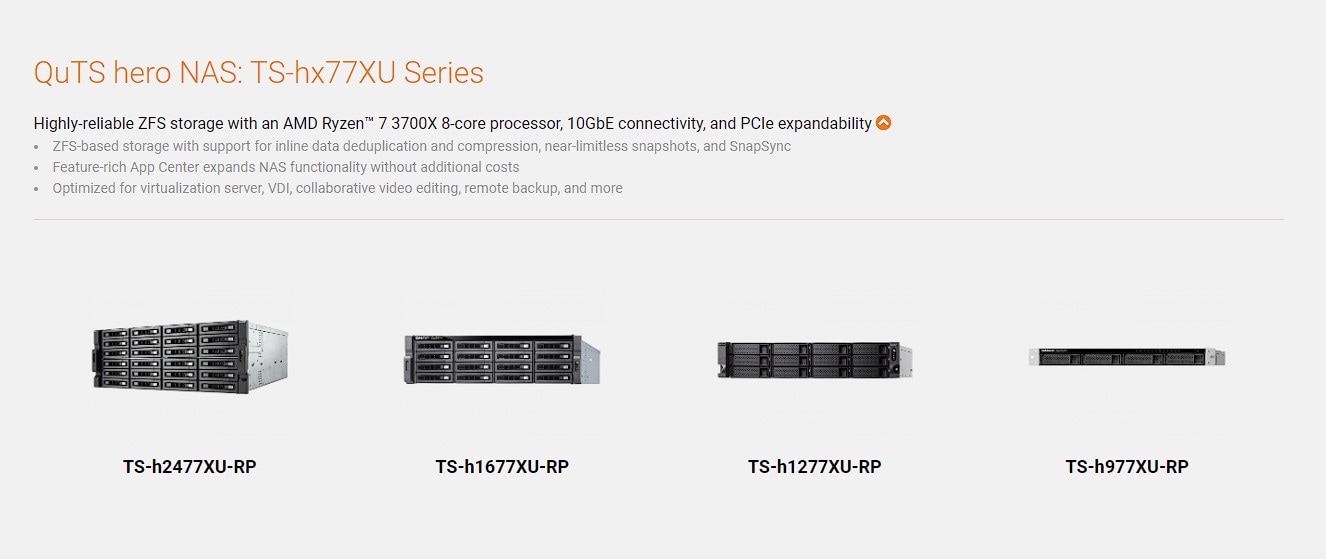
Synology
Synology also offers many configurations you can choose from. You can also browse devices by the quantity of RAM, CPU model, and LAN connection – but here’s the kicker.
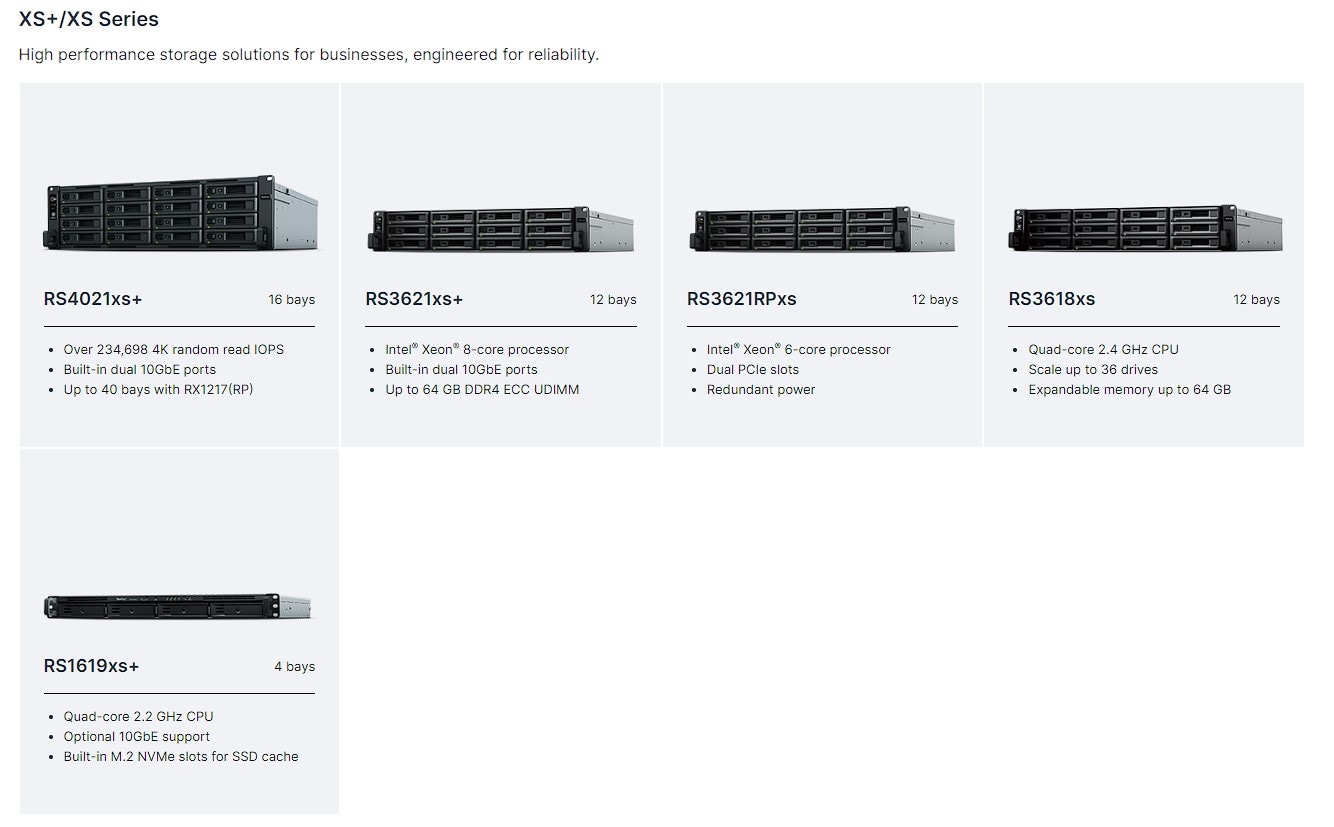
QNAP offers more units in each category it shares with Synology. It means that you will have more options to choose from, which is a tremendous advantage for advanced users. At the same time, it may be overwhelming for beginners who will find Synology’s less flexible inventory more attractive.
Part 5. QNAP vs. Synology: Backup Systems
Most of the users decide to start using NAS for backup purposes. As you might have expected, both QNAP and Synology offer backup systems. However, you may not know that their backup services are not the same.
QNAP
QNAP NAS units don’t ship out with a comprehensive backup system. The built-in one is quite basic as it comes with an on-demand backup option you need to click every time to back up your data. You must find relevant apps such as Boxafe, Duplicacy, and ElephantDrive. When searching for the right backup app on QNAP App Center, you should consider your additional backup needs. You might need to schedule a daily, weekly, or monthly auto backup, backup to the cloud, or do incremental backups on demand.
Synology
Synology offers a more comprehensive solution. Its NAS units use the Hyper Backup application. It’s a completely free tool you can use to back up your data to a range of endpoints, including rsync servers and cloud storage. With this tool, you can automatically back up data, installed applications, and specific configurations.
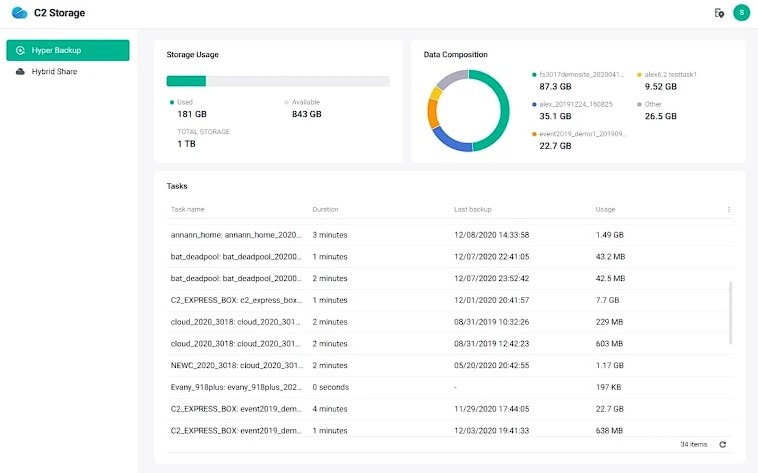
You may also be interested in:
Part 6. QNAP vs. Synology: File Systems
QNAP and Synology don’t support the same file systems. Let’s see the differences and why they matter.
QNAP
Most QNAP NAS units only support the EXT4 file system, making QNAP NAS data recovery challenging in RAID systems. Only the QNAP enterprise rack-mount units have support for ZFS with volume management capabilities.
Synology
On the other hand, the Synology NAS units support both EXT4 and BTRFS file systems. Why does it matter?
Thanks to the BTRFS file system, you can streamline Synology NAS data recovery. You can efficiently build or reconstruct your RAID systems as this file system does data integrity checks in the background.
Part 7. QNAP vs. Synology: RAID Levels
RAID is a perfect solution to thwart the risk of data loss due to hardware failure. Both QNAP and Synology offer various RAID configuration options, but there is a subtle yet meaningful difference. Here’s the deal.
QNAP
QNAP systems offer support only for the typical RAID levels, including RAID 0, RAID 1, RAID 5, RAID 6, RAID 10, TP, and TM. It means that everything in your setup has to be identical. While you can use different drives to replace a faulty one in RAID in terms of model and manufacturer, you will have to use the model with the same capacity or larger.
However, if you use a larger capacity drive, QNAP will render the extra capacity unusable. That’s why the recommendation is to use a drive of the same capacity as the faulty one. That’s where Synology has more to offer.
Synology
Synology NAS units come with superior support for RAID levels. More specifically, you can benefit from Synology Hybrid RAID or SHR (SHR and SHR-2). It simply means you can use different discs to build your RAID system, making the entire process hassle-free.
What’s the bottom line? If you have different discs, it’s better to choose Synology. However, if you use the same discs, you can go with QNAP. You just need to be mindful that in the case of hardware failure in the future, you will have to replace discs in your RAID system with the exact models.
Part 8. QNAP vs. Synology: Access management
Both QNAP and Synology NAS units come with software to help you streamline access management. Here are the noteworthy facts of Synology QNAP comparison in this category.
QNAP
QNAP offers advanced access management configuration for less conventional file types such as RAR, GIF, and MKV. You can get many access management apps from App Center to streamline access management.
Synology
Synology NAS units also have access management capabilities, but they are more suited for conventional file types such as PDF, MP3, DOCX, and AVI.
Part 9. QNAP vs. Synology: Customer support
Customer support is the final factor you must consider when choosing QNAP vs. Synology.
QNAP
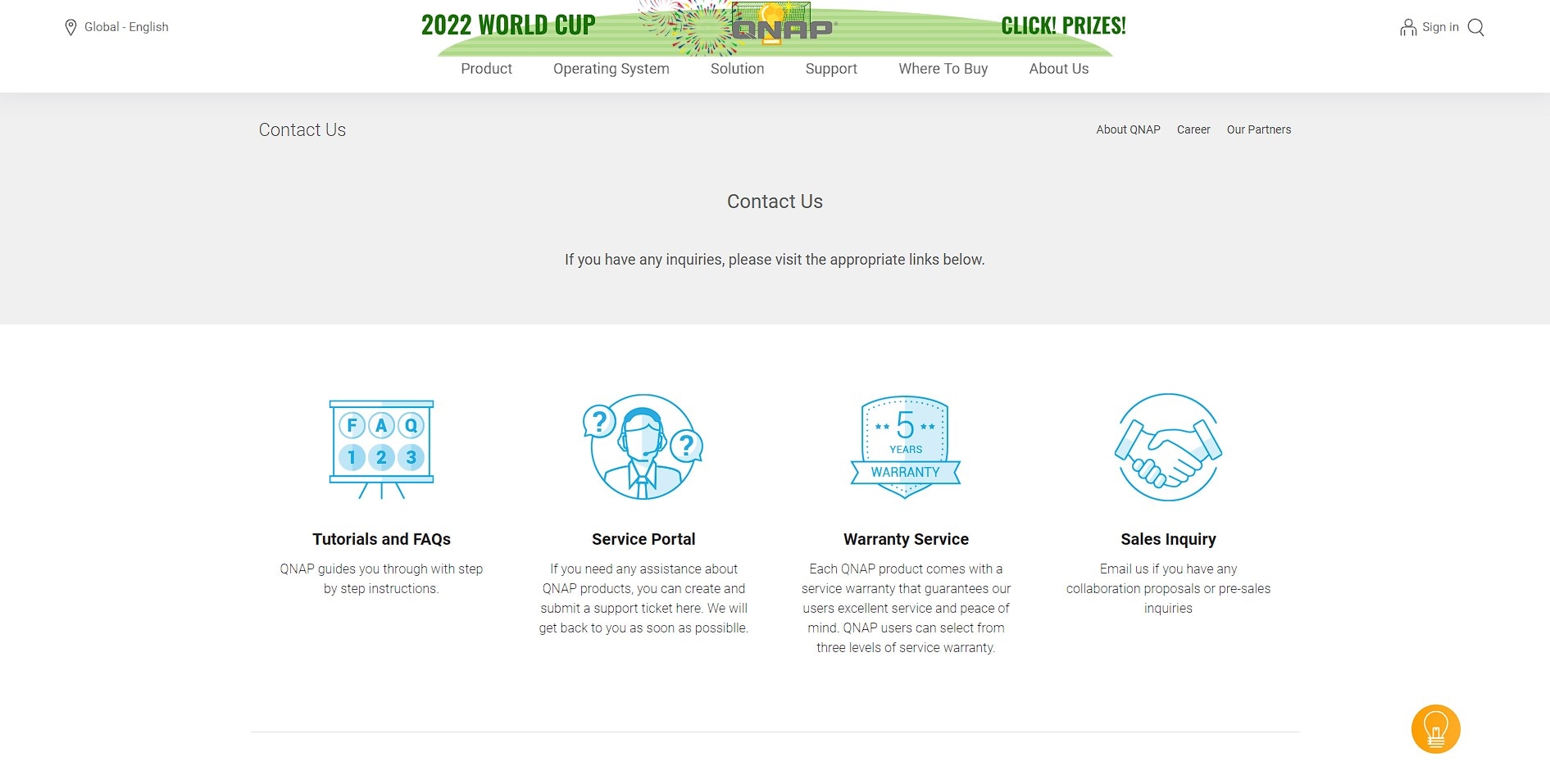
QNAP offers customer support through its official website. The manufacturer offers several services:
- Tutorials and FAQ – for users who need step-by-step guides and instructions.
- Service Portal – for users who need assistance from QNAP professionals.
- Warranty Service – for users who want to claim a warranty.
Synology
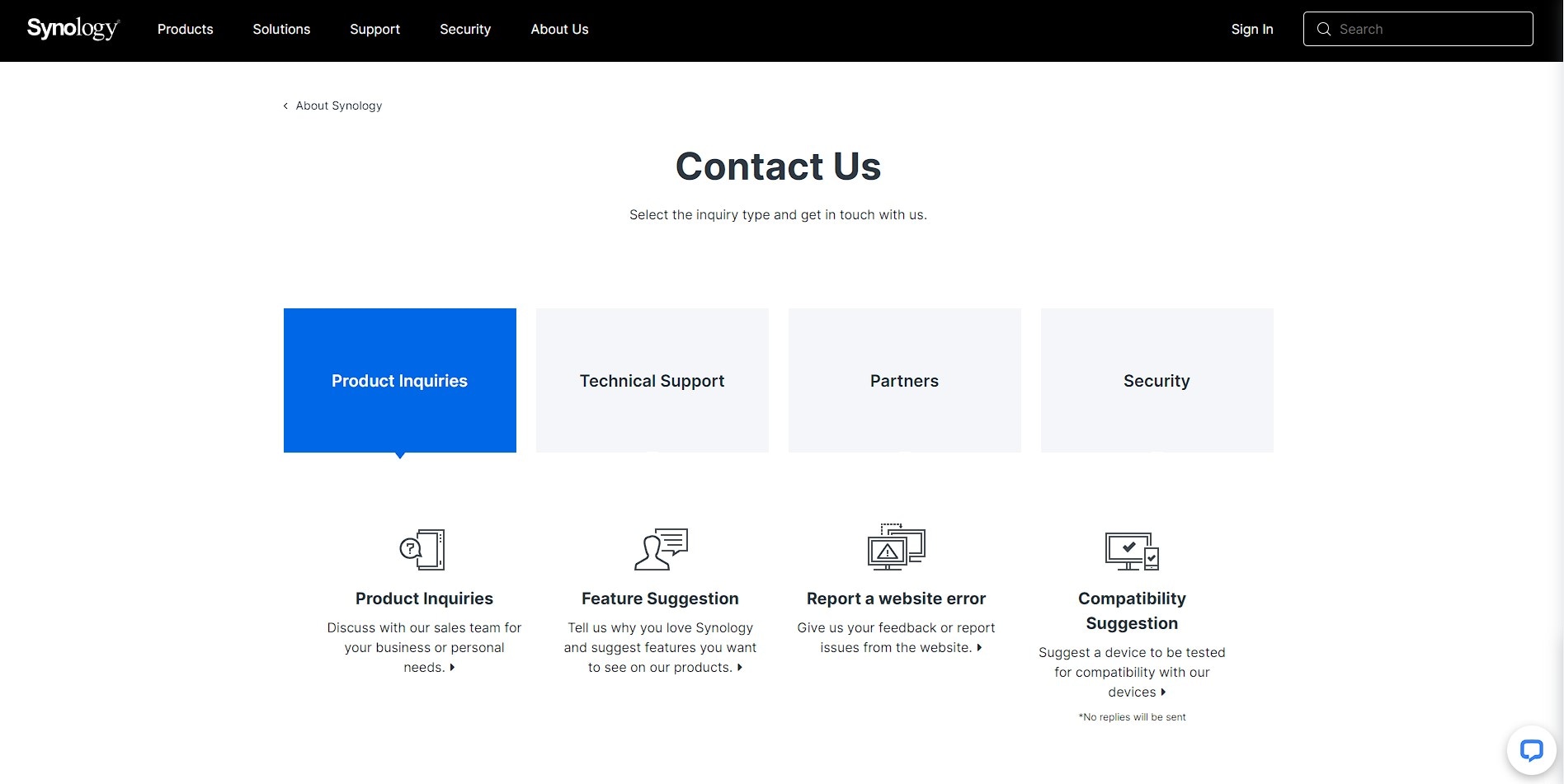
Synology has also done a great job extending a helpful hand to its users and potential customers. Their official website offers access to the following:
- Product Inquiries – for users who want to discuss their needs, provide feedback, or check device compatibility.
- Technical Support – for users who want to get help with technical issues and get access to Live Chat.
- Security – for users who want to learn more about Synology’s privacy policy or submit security-related questions.
Final verdict
What’s the final verdict when comparing QNAP vs. Synology? Is QNAP better than Synology, or is it the other way around?
QNAP |
Synology |
|
| OS | QTS Linux-based (Looks like Mac OS) | DSM Linux-based (Looks like Windows) |
| Hardware | More units in each category | Numerous configurations |
| Backup Systems | Basic built-in backup system | Comprehensive Hyper Backup tool |
| File Systems | EXT4 (ZFS only available in enterprise rack-mount units) | EXT4 and BTRFS |
| Raid Levels | RAID 0, 1, 5, 6, 10, TP, TM | RAID 0, 1, 5, 6, 10, F1 + proprietary RAID SHR, SHR-2, RAID F1 |
| Access Management | Access management for less conventional file types | Access management for conventional file types |
| Customer Support | Tutorials, FAQ, service portal, warranty service | Product inquiries, live chat, technical support, security inquiries |
Both companies have done an excellent job creating different NAS units with unique capabilities and functions. However, when you consider all the aspects we’ve gone through, it’s clear that Synology has the edge over QNAP.
Synology’s DSM OS is more user-friendly, comes with better backup systems, supports more RAID systems and file systems, and offers access management for conventional file types. Additionally, due to the popularity of Synology NAS units, there are more online resources that can help you set up your device or solve any issues you may come across.
For Windows Vista/7/8/10/11
For macOS X 10.10 or later

 ChatGPT
ChatGPT
 Perplexity
Perplexity
 Google AI Mode
Google AI Mode
 Grok
Grok























